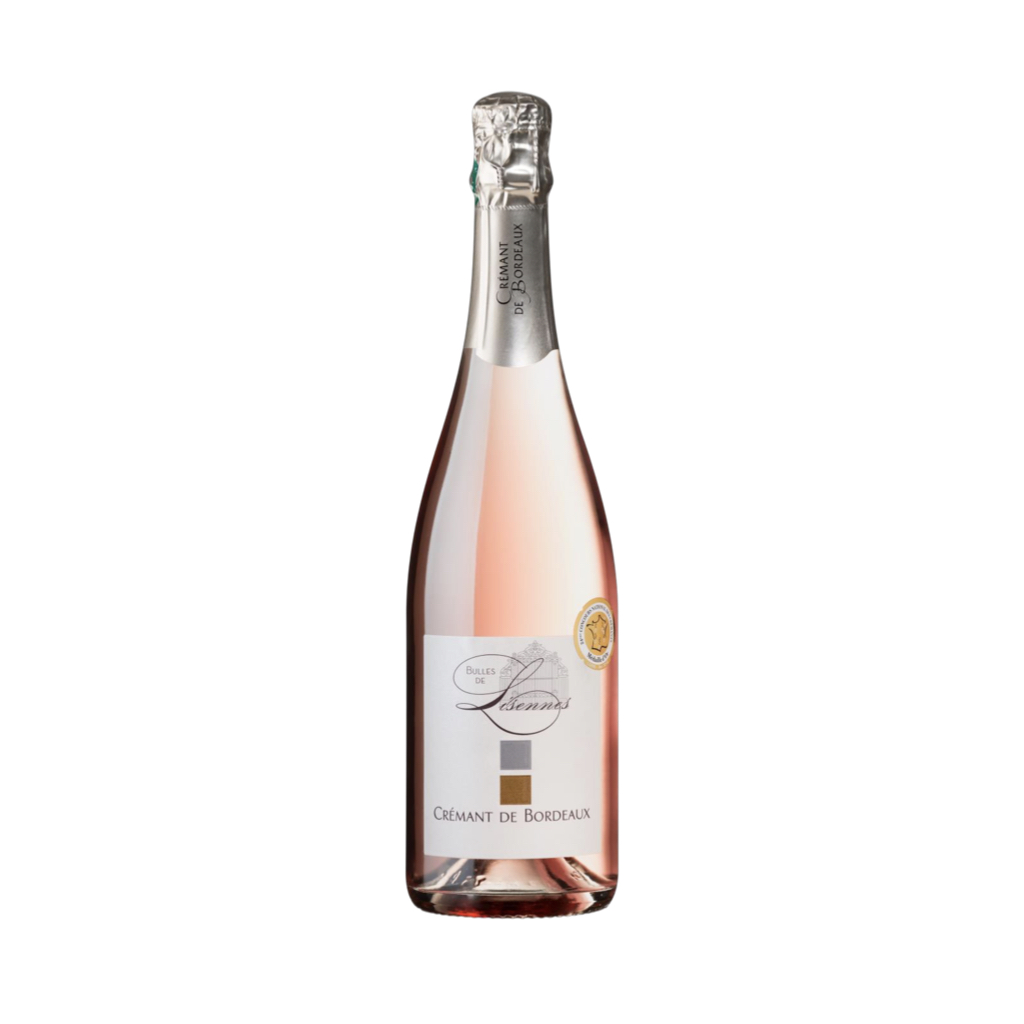描述
產區 Région:波爾多 Bordeaux
法定產區 Appellation: 法定產區波爾多克萊蒙特 AOC Crémant de Bordeaux
葡萄品種 Assemblage:梅洛 Merlot、卡本內弗朗 Cabernet Franc
年份Millésime:N/V
酒精濃度 Degré Alcool:12%
酒色:
呈現出淡粉紅色調,色澤美麗精緻
Présente une nuance de rose pâle, avec une couleur magnifique et délicate.
香氣:
強烈的水果香氣:成熟的莓果
Le nez: Un crémant rosé délicat à la robe rose pale. Le nez est très fruité et aromatique. La bouche est ronde et équilibrée, dominée par des arômes de fruits rouges très mûrs.
食物搭配:義大利麵、披薩、甜點
Accompagnement : Apéritif, risotto, pizza, dessert
適飲溫度:攝氏7-10度.
Température de dégustation: 7-10 C
儲藏方式:避光,平放於恆溫處.
Comment conserver la bouteille: couchée à l’abri de la lumière et à température constante.
莊園簡介:莉森莊園 Lisennes
莉森莊園是位於波爾多附近的家族葡萄園,由Soubie家族經營管理已有五代。該莊園包括一個佔地55公頃的城堡和葡萄園,擁有15世紀和18世紀的建築物。葡萄園採用環境友好的管理方法,結合現代釀酒技術和傳統專業知識,生產出反映莉森土地的獨特葡萄酒。波爾多地區分為三個主要區域,每個區域都有其獨特的葡萄酒風格。Cabernet-Sauvignon主要種植在西部,而梅洛是聖愛美侯和波美侯的主要品種。在Lisennes,50%的葡萄園種植梅洛,30%種植品麗珠,20%種植赤霞珠。Lisennes的土壤主要是混合著粘土和白堊的,這為葡萄藤提供了出色的結構。為了排水,數公里的穿孔塑料管被埋藏在地表以下80公分處,將多餘的水排到1970年代建造的兩個湖泊。
Lisennes is a family vineyard near Bordeaux, managed by the Soubie family for five generations. The estate includes a 55-hectare chateau and vineyard with 15th and 18th century buildings. The vineyard is managed using environmentally friendly methods, and modern winemaking techniques are combined with traditional know-how to produce unique wines that reflect the terroir of Lisennes. Visitors are welcome year-round to taste the range of wines. The Bordeaux region is divided into three major areas, each with its own distinct style of wine. Cabernet-Sauvignon is primarily grown in the West, while Merlot is the main variety in St. Emilion and Pomerol. At Lisennes, 50% of the vineyard is planted with Merlot, 30% with Cabernet Franc, and 20% with Cabernet Sauvignon. The soil at Lisennes is mainly argilo-calcaire mixed with chalk, which provides excellent structure for the vines. To drain the soil, several kilometers of perforated plastic pipes have been buried at 80cm below the surface to divert excess water to two lakes built in the 1970s.




